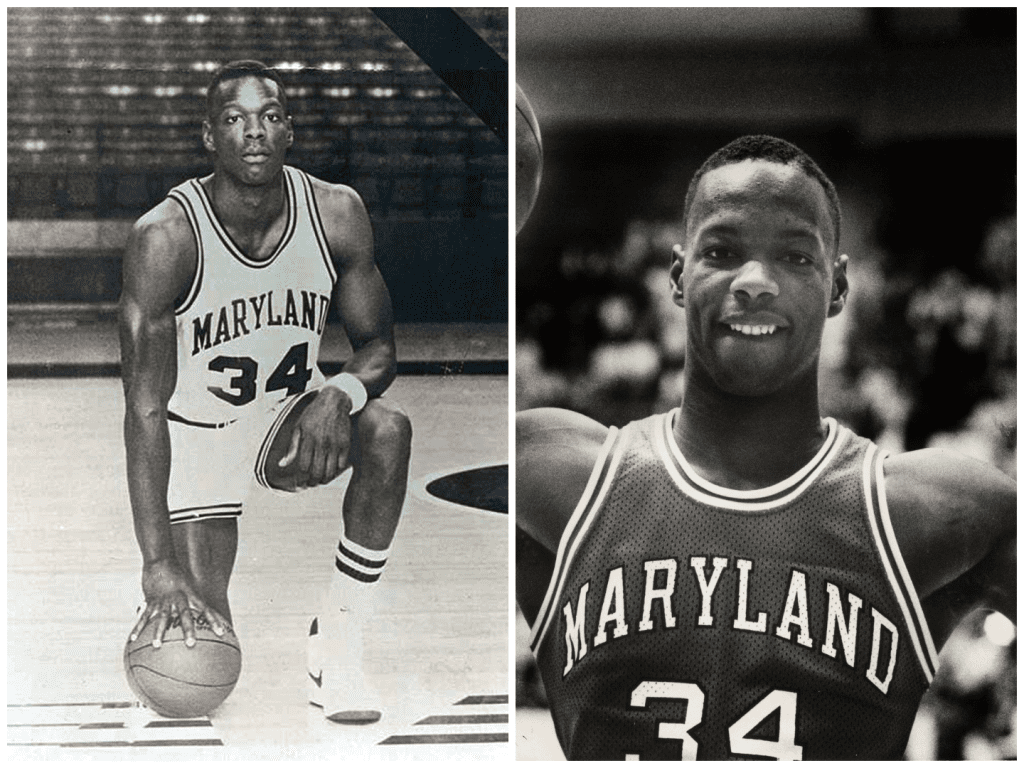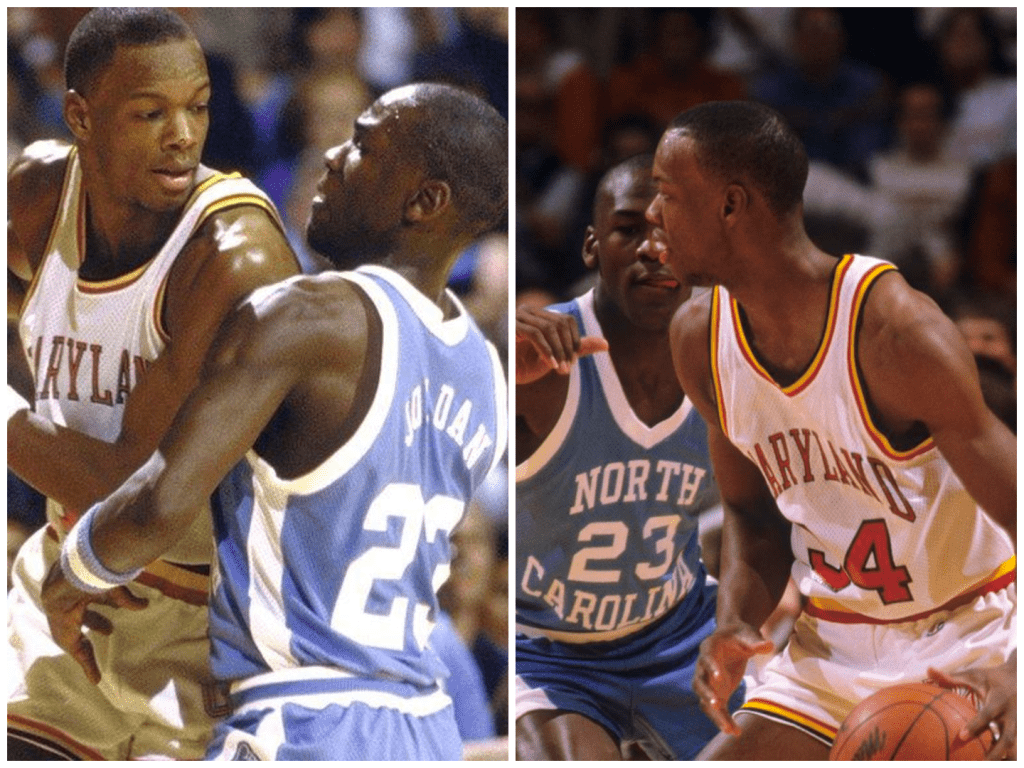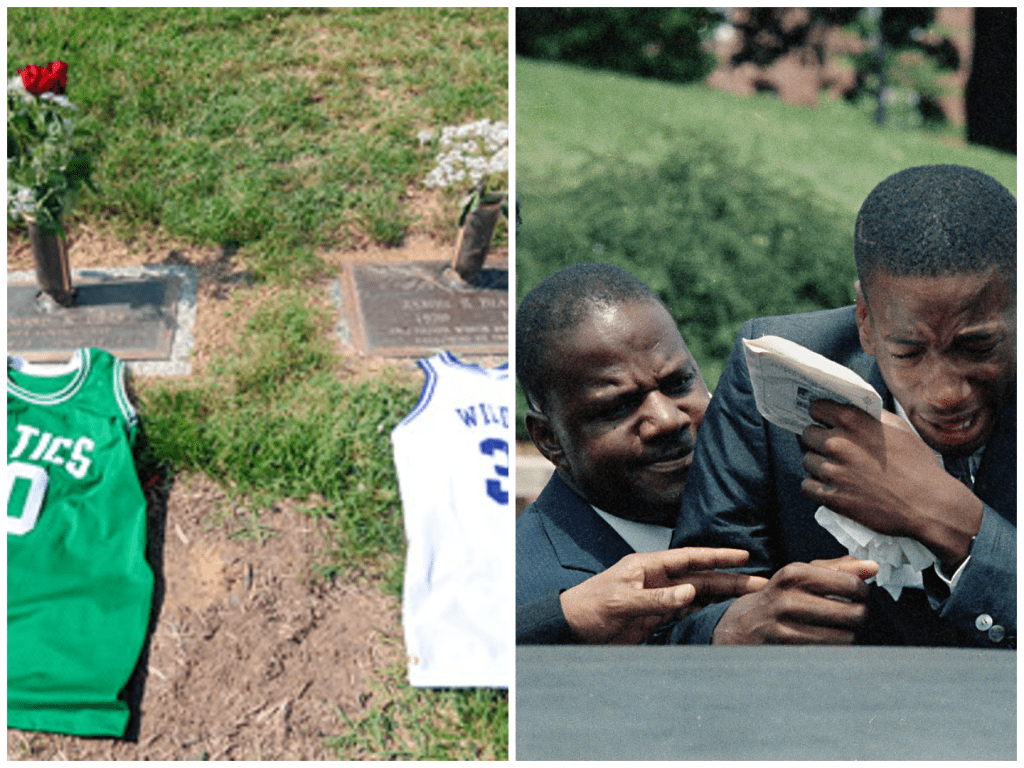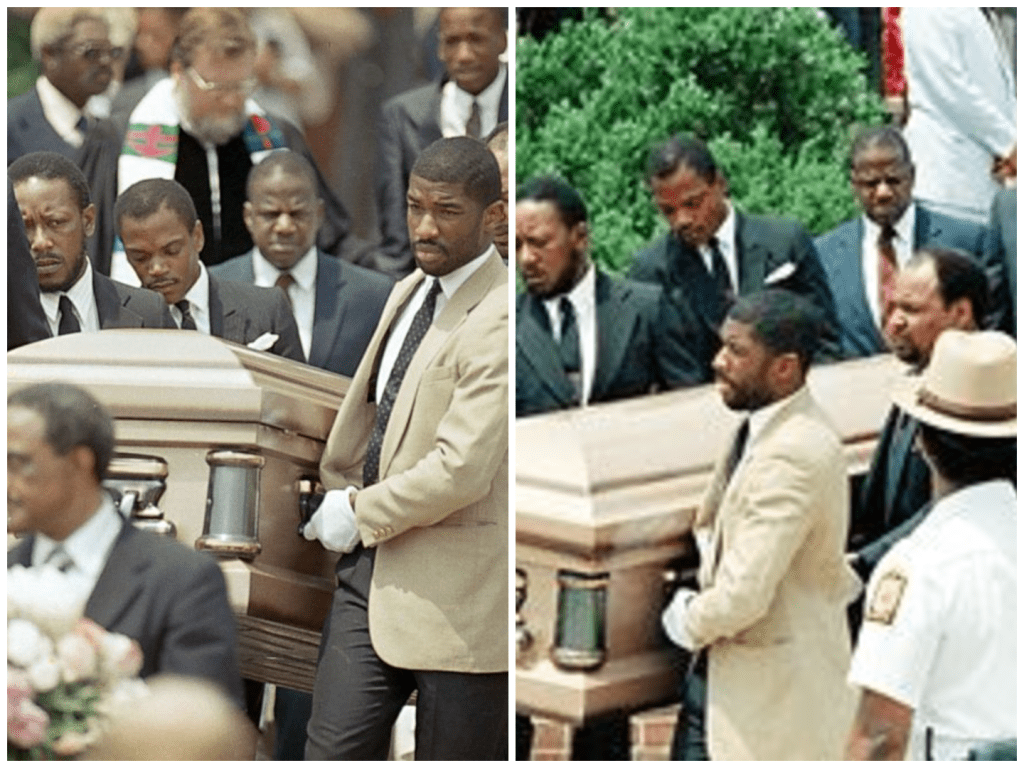He Was the Celtics’ No. 2 Pick — Then He Died Two Days Later. What Really Happened to Len Bias?

Len Bias stepped into Madison Square Garden on June 17, 1986, wearing Celtics green and an enormous smile—and the promise of greatness. He’d just been picked second overall, a move so celebrated that Red Auerbach reportedly had been eyeing Bias for three years. For Maryland fans, this felt like destiny—a local talent poised to lead Boston into its next dynasty. But two days later, that dream shattered.
The story is nearly unbelievable: the highest point and the collapse happened within a forty-eight-hour window. At 22, Bias had gone from hero to tragedy. He returned to the University of Maryland on the night of June 18, celebrated quietly with teammates, and then collapsed in his dorm around 6 a.m. He never recovered. Officials determined that a cocaine-induced cardiac arrhythmia stopped his heart.
Imagine your brightest moment—drafted by your dream team—and then disappearing just like that. For fans old enough to remember, it felt almost cosmic: a future erased before it had begun.

What Went Wrong — And What Was Lost
It turns out Bias wasn’t hiding secrets. He passed medical tests, showed no drug signs at the time of the draft, and had agreed to a Reebok endorsement worth $1.6 million. That makes his death even more jarring.
On the night of June 18, Bias was with teammates, eating crabs and dreaming about the Celtics. Around 2 a.m., he slipped away. Sometime between 2:30 and 6:30, he used cocaine with friends in his dorm. He collapsed at 6:32 a.m.—moments after celebrating the greatest accomplishment of his life. Paramedics rushed him to Leland Memorial Hospital, where drugs like epinephrine and lidocaine were used in a final effort. Nothing worked.

The shock spread fast. Over 11,000 people attended the memorial service at Maryland’s Cole Field House, including Auerbach, who had dreamed of Bias leading the Celtics for years. Congress reacted too: the Anti-Drug Abuse Act of 1986, called the “Len Bias law,” passed soon after, leading to mandatory minimum sentences for traffickers whose dealers’ victims died from overdose.
The University of Maryland also collapsed under scrutiny. Coaches and athletic directors stepped down. Investigators found Bias was 21 credits short of graduation. The NCAA and state launched probes, and the program received a lasting stain.

Bias’s death became more than a basketball tragedy. His mother, Lonise, later shared that she had a premonition he was in danger—a tragic hunch that became real. This personal grief echoed for fans and families nationwide, a sorrow that transcended the court.
What If He Had Lived?
There’s no what-if as haunting as Len Bias. Analysts say he had Jordan-level athleticism, shooting form that could mesmerize, and a soft touch around the rim. He was 6’8”, averaged 24 points and 7 rebounds in his senior year, won ACC Player of the Year twice, and seemed destined for superstardom.
Had he lived, Boston’s Big Three of Bird, McHale, and Parish would’ve found a worthy successor. Some believe he could’ve sparked a dynasty that rivaled even the Lakers vs Celtics rivalry. His style was electrifying—a perfect balance of power and skill.
His death still casts a long shadow. Bill Simmons once called Bias’s story an American morality tale—an after‑school special come to life.
Maryland’s athletic program never fully recovered. Duke surged. Congress punished drug dealers harder. The NCAA academic scandal prompted major reforms.
Father James Bias and mother Lonise turned grief into advocacy. Lonise became a motivational speaker on drug awareness. Their younger son, Jay, was tragically killed in 1990; the Bias family’s heartbreak deepened, but so did their cause.
In 2021, Len Bias was inducted into the College Basketball Hall of Fame, a tribute to his talent and tragedy.
The Legacy That Still Echoes
Len Bias never got a single pro game, but his legacy lives on. The “Len Bias law” criminalized drug distribution tied to fatal overdoses—a controversial pillar in the War on Drugs.
His story sparked conversations about athlete wellness, academic standards, and substance abuse. Maryland’s program faced real change. And the Celtics, who lost a future icon, still feel what could’ve been three decades later.
Most of all, Bias represents potential cut short. He left a mark deeper than any stat line. His life reminds us how fragile promise can be—and how quickly it can fall apart.
Every year around late June, his name resurfaces. Documentaries like ESPN’s Without Bias and The Ringer’s What If? series explore who he was, his family’s pain, and the cultural shock his passing caused.
Len Bias represents the ultimate “what if,” a generational tragedy nobody wanted but no one can ignore. He remains a cautionary tale, a memory, and a legend who shaped basketball history without playing a minute in the NBA.